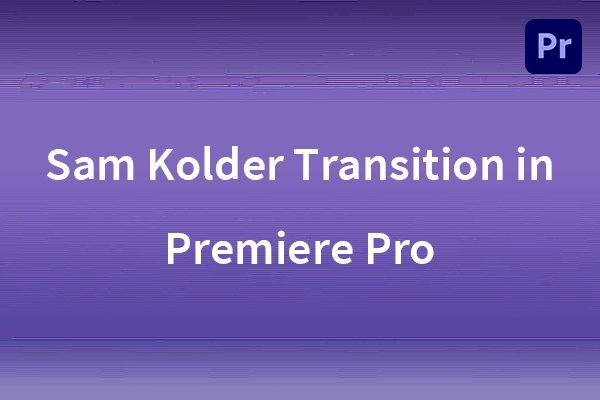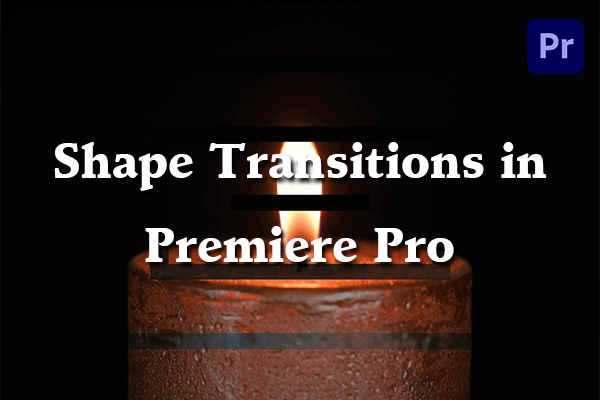Would you like to make a film strip transition in Premiere Pro? It is pretty easy! For your reference, we provide step-by-step instructions in this post from MiniTool MovieMaker (a free movie maker).
How to Make a Film Strip Transition in Premiere Pro?
Step 1. Add Material to the Timeline
First of all, drag two clips onto the timeline. These should be a segment to begin with and another one to transition into. Cut them down to the amount you wish them to last, including the amount you would like to be included in the transition. This will last approximately 12-24 frames according to your preference.
To create an adjustment layer, do the following:
- Click Project Manager > New Item > Adjustment Layer.
- Take the Adjustment Layer and put it on top of the cut between the clips.
- Cut it down so that it is around the same size on each side of the cut, but also lasts about as long as you wish the actual effect to last.
Step 2. Add Offset Effect
Now you’re ready to begin creating the effect. The basis of the film roll transition comes from an effect in Adobe Premiere Pro called Offset.
- The Offset effect is located in the Effects folder. You can locate it under Video Effects > Distort > Offset.
- Drag and drop it onto the Adjustment Layer.
- Highlight the layer and bring up the Effects Control panel. Here, you can see the Offset capability.
- Head to the second parameter that controls the vertical Y-axis movement. Click on it, then drag it around. It begins to repeat as if the clip is now on a long film strip.
Let’s work on refining this effect.
Step 3. Improve the Offset Effect Using Keyframes
At this time, add keyframes to the offset effect to put the final main piece together for the overall film roll effect. Here’s how:
- Reset everything and set a keyframe a little before the cut point where you wish the transition to begin.
- Go all the way to the point where you wish the transition to end on the other side of the cut and create a second keyframe.
- You’ll need to move the Offset center parameter with this keyframe. Take the Y-axis control and move it to make around two full cycles. Try to align it at the end so it is exactly flush with the edge.
- To make very fine adjustments, hold Control or Command while you click and drag this parameter. This will let you move the mouse a lot while the parameter makes subtle adjustments.
The effect should begin to take shape by now. There is still much more you can do with this, yet the structural elements of the effect are almost finished. The rest is just stylizing.
Step 4. Create a Ramp In and Out of This Effect
To add a bit of realism to your project at the moment, you can create a ramp in and out of the effect by applying a Bezier to the keyframes. Proceed as follows:
- Highlight the keyframes, right-click on them, and choose Bezier.
- Drop down the arrow, and you will see the Velocity parameters, which you can now play with, too.
- Grab the start and end points, then bring them all the way down.
- Drag the Marker Out to add additional curvature to the speed over time.
It should begin to slow down, then explode into motion. At this time, you can see where the greatest velocity happens at the peak of the graph. It definitely helps the effect if you can have this point of most velocity at the place where the cut occurs between the clips. Here’s how:
- Move the playhead to the cut point. You can see where this point is on the graph view.
- Highlight two keyframes and move them over so that these two spots line up.
That’s it! Apart from that, you can choose to explore how to bring more realism to the Premiere Pro film strip transition, for example, add a Directional Blur, a Gaussian Blur, and light leaks.
MiniTool MovieMakerClick to Download100%Clean & Safe
Conclusion
How to create a film strip transition in Premiere Pro? See the step-by-step instructions above. Hope you find this post useful!




User Comments :